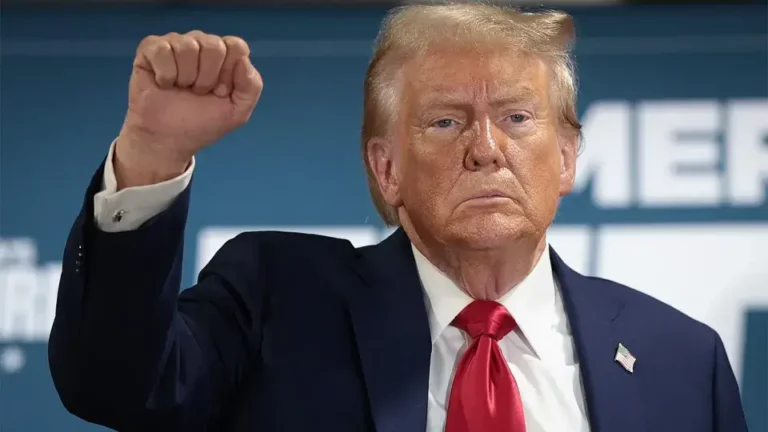Oil prices turned upward yesterday after initially dropping over $2 per barrel, despite a report of unexpected growth in U.S. crude stockpiles, as released by the Energy Information Administration (EIA).
Brent crude futures rose 38 cents, or 0.5%, reaching $75.91 per barrel, while U.S. West Texas Intermediate (WTI) crude increased by 57 cents, or 0.79%, to settle at $72.56.
According to the EIA, U.S. crude, gasoline, and distillate inventories saw a rise last week, with crude stocks up by 2.1 million barrels to 427.7 million barrels as of November 1, surpassing analysts’ expectations of a 1.1 million-barrel increase.
Initially, Donald Trump’s re-election triggered a significant sell-off, with the U.S. dollar experiencing its largest one-day gain since March 2020, pressuring oil prices downward.
John Kilduff, partner at Again Capital said, “There was an over-reaction to the election results, and that a Trump victory could have caused the U.S. industry to sort of drill itself into oblivion and cause a glut.”
However, Kilduff added that “Cooler heads have prevailed and this market has a lot of problems on its hand,” citing ongoing war in the Middle East as a supportive factor.
Many investors anticipate that Trump’s presidency may boost the dollar due to possible high interest rates aimed at combating inflation.
Potential tariffs and policies targeting China could also reduce oil demand from the world’s top crude importer, according to independent analyst Tina Teng.
A stronger dollar typically makes oil more expensive for international buyers, which could weigh on demand.
Analyst Giovanni Staunovo from UBS noted that Trump’s policies might impact oil demand negatively by slowing global economic growth, particularly through tariffs.
However, he highlighted that renewed sanctions on countries like Iran and Venezuela could limit supply, which would ultimately support oil prices.
Further complicating the outlook, Ashley Kelty, an analyst at Panmure Liberum, observed that Trump’s limited interest in renewable energy might encourage U.S. oil production growth.
“He has little interest in renewables and will actively encourage U.S. oil production growth. This is not so good for OPEC+ who will have to decide whether they want to protect market share or try to sustain price levels,” Kelty said.
This trend could challenge OPEC+ as it navigates whether to prioritize market share or price stability.
Additionally, signs of softening demand have weighed on oil prices. American Petroleum Institute data showed an unexpected rise in U.S. crude stockpiles.
Meanwhile, in the Gulf of Mexico, oil and gas companies began halting production due to the impending arrival of Tropical Storm Rafael, expected to escalate to a Category 1 hurricane.


